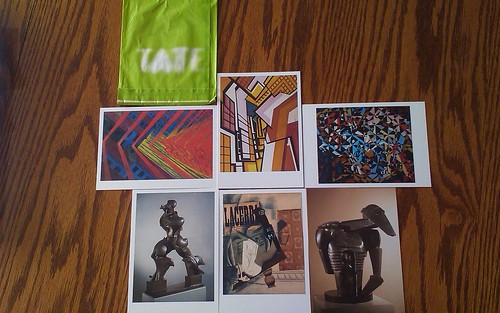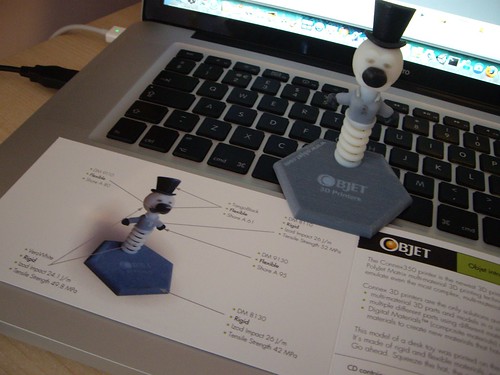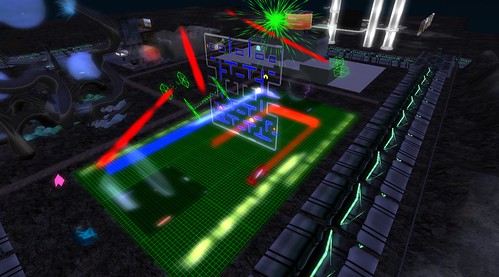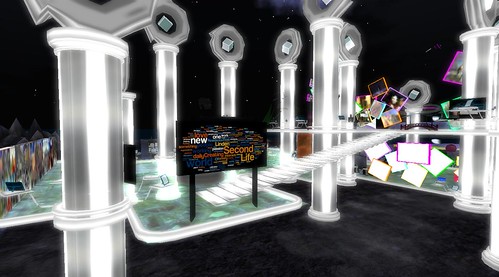AnnieOK just tweeted a link to this kinetic sketch web application. Its a Flash based application that the brushes are objects that are responding to one another and acting as physical simulations. i.e. a round brush rolls and square one will tip from its corner. In addition to simple physics like gravity there are lots of creativity settings for the trails that are left behind. You can even use live video (though on my Mac I had to tell flash to use the USB video class (a right click on the background and quick menu select in settings to sort that out) in order to get me as a brush. You can then post to multiple places such as I did here with going straight to Flickr (so its suitably social media aware as to be useful too 🙂 )
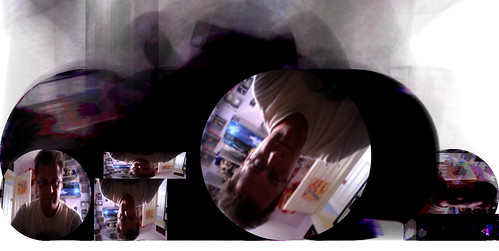
I still find the most basic of physics simulations interesting, as they used to be the things I wrote with my first computer (a ZX81) intertia, collisions and gravity even just in 2D have an organic feel to them. This though takes that even further with the painting aspects leaving a digital echo of the physical movements. Wonderful stuff IMHO.
I did a little extra with it that was not camera based.
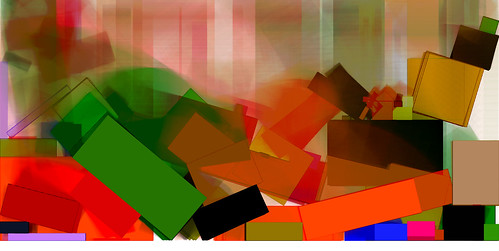
It started to remind me of the recent Tate Modern show on the futurists that I went too.
It is interesting what those talented and revolutionary artists may have done back in 1911 with the technology we have today.
It also reminded me I had not blogged about the wonderful sculpture that I did not get a photo or postcard of by Umberto Boccioni (who also did the running man above) entitled “Development of a bottle in space”

This was a very striking piece but also one that looked more like prim twisting in Second Life than anything else I had seen.

